Many property owners may not realize that they are already harboring some invasive weeds on their lawns and in their garden beds. Sneaky weeds such as white clovers, ground ivies, wild violets, and buttercups can easily be mistaken for wildflowers. They may look pretty with their brightly colored flowers and leaves, but it won't take long before they take over the lawn, robbing your grass and desired plants of the nutrients that they need.
It's important to distinguish one from the other in order to keep a healthy lawn. Don't let these 4 pesky weeds trick you into thinking they're wildflowers!
1. White clover
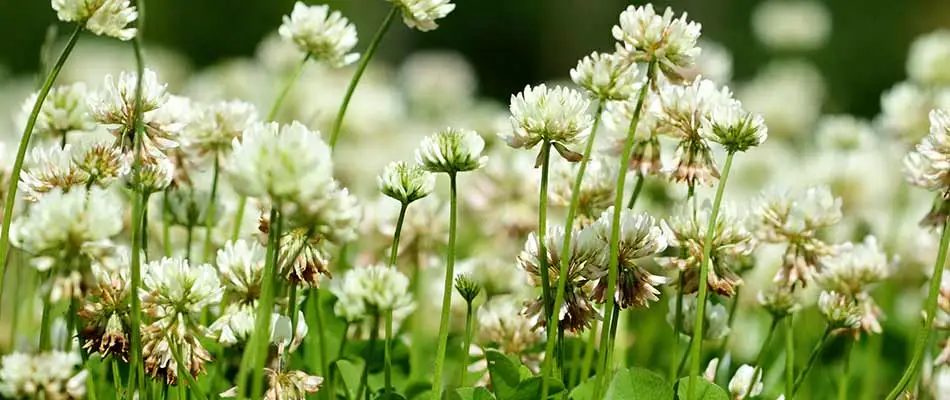
Many young children have picked a tiny bunch of white clovers as a gift for their mother. Their white, puffball blooms are tempting to pick and can be easily mistaken for pretty flowers. Also known as Dutch clover, this cool-season perennial weed easily adapts to different soil types, making it difficult to eradicate. The sight of the dainty white flowers and three round-shaped leaves may look cute at first, but property owners won’t think the same once they start spreading and taking over their lawns.
White clovers especially thrive in the weak spots of the lawn, particularly in areas that are unfertilized. If you try to remove them by hand, make sure to completely remove the root system, or else you'll be seeing their blooms again shortly!
Regular aeration and overseeding services will help prevent the growth of white clovers.
2. Ground Ivy
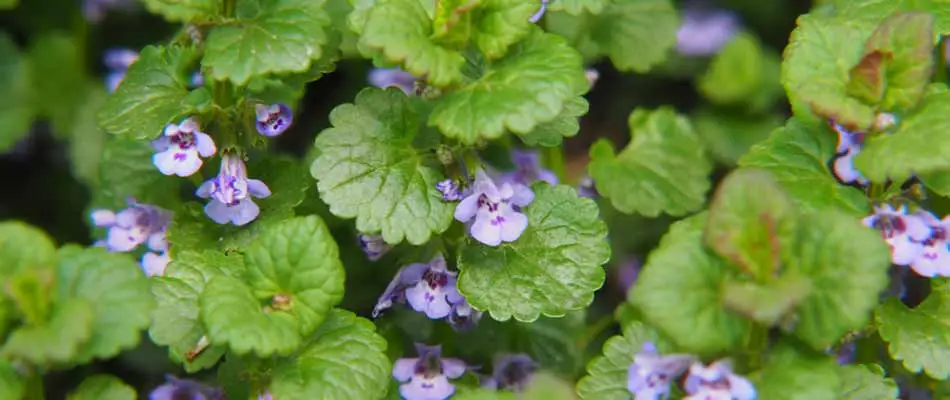
Another weed found in many lawns in Ohio is the ground ivy, also known as creeping Charlie. It’s a very aggressive weed that can spread very quickly if not dealt with. They have a purple/blue flower that can look similar to other plants such as thyme and periwinkle.
Ground ivy was actually used as a medicinal plant in ancient times; it used to be brewed into a tea that would then be used to detox the whole body. It should be noted, however, that ground ivy is toxic to livestock.
Dealing with ground ivy is difficult once it spreads. Weed control treatments are the most effective way to get rid of them.
3. Wild Violets
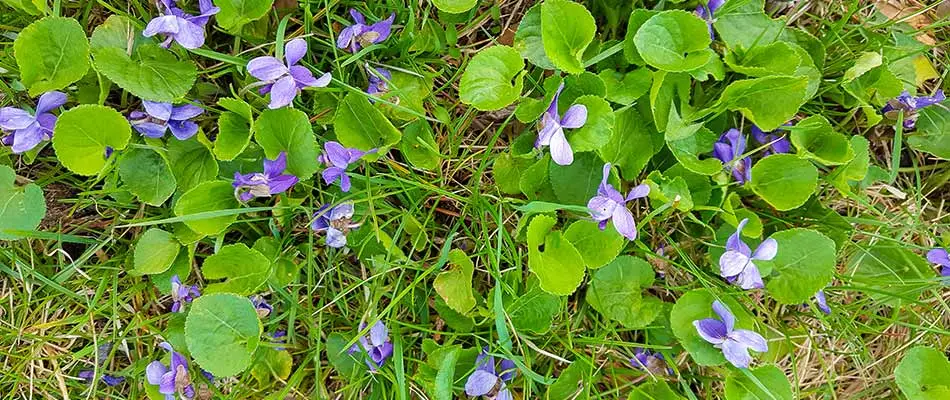
Wild violets look very pleasing to the eye, with heart-shaped leaves and flowers that can range in color from purple to blue and even yellow. Although they look nice, wild violets are actually really aggressive and can take over a lawn quickly because they self-seed and spread under the soil through rhizomes.
Unlike other types of weeds that can be treated with frequent mowing and proper fertilization, wild violets will need to be treated with weed control treatments for effective removal.
4. Buttercups
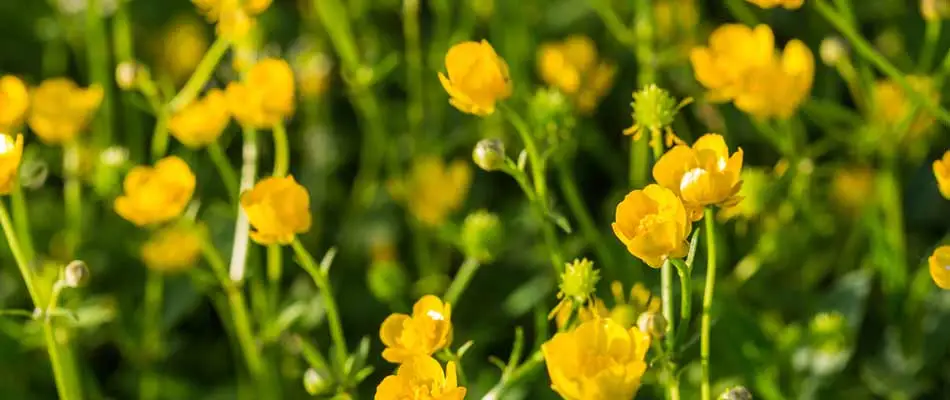
Don't let their sweet name fool you! Buttercups are perennial weeds that have various species such as the creeping buttercup or the lesser-known celandine. They can thrive in many different places, including pastures, marshes, and lawns. Buttercups easily adapt to different types of soil like sand, gravel, and heavy clay, making it difficult to eradicate them. It is best to use pre-emergent and post-emergent weed control treatments to avoid a buttercup take-over on your property.
Got weeds? Sign up for our weed control treatments today.
It's never fun to learn that the pretty plants you thought were wildflowers are actually weeds stealing nutrients from your grass and other plants. Don't fret - we can help. Our company has made it our mission to make sure that no other thing will grow on your lawn except your grass and desired plants. We offer a 6-step treatment program using both pre-emergent and post-emergent products. If your home or business is located in Mansfield, Ashland, Wooster, or a surrounding area in Ohio, start your weed control treatment program today by calling us at (419) 528-5698.

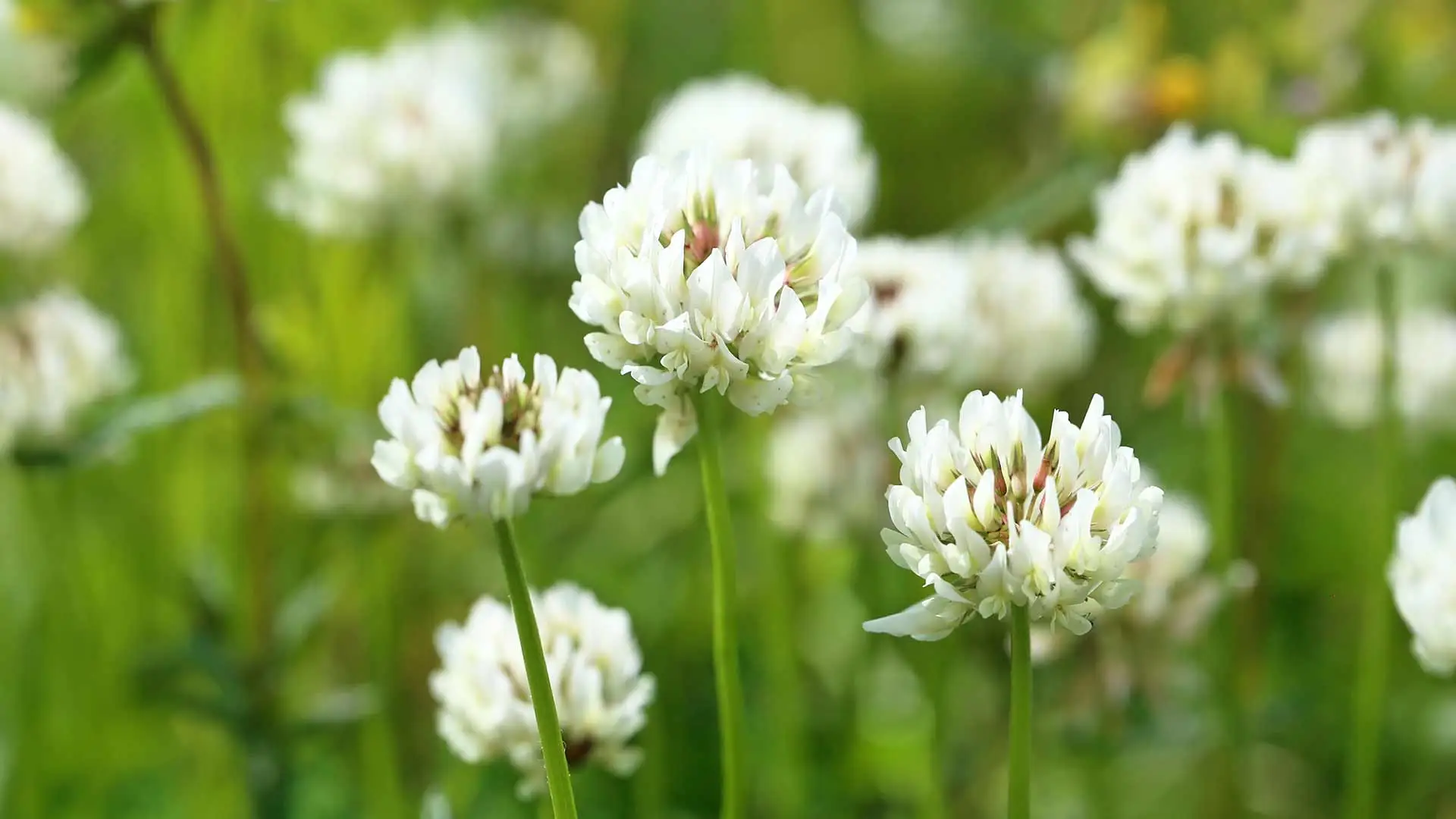

Comments (0)
Thanks for your comment!
Thanks for your feedback! Your comments have been successfully submitted! Please note, all comments require admin approval prior to display.
Error submitting comment!
There is a problem with your comment, please see below and try again.